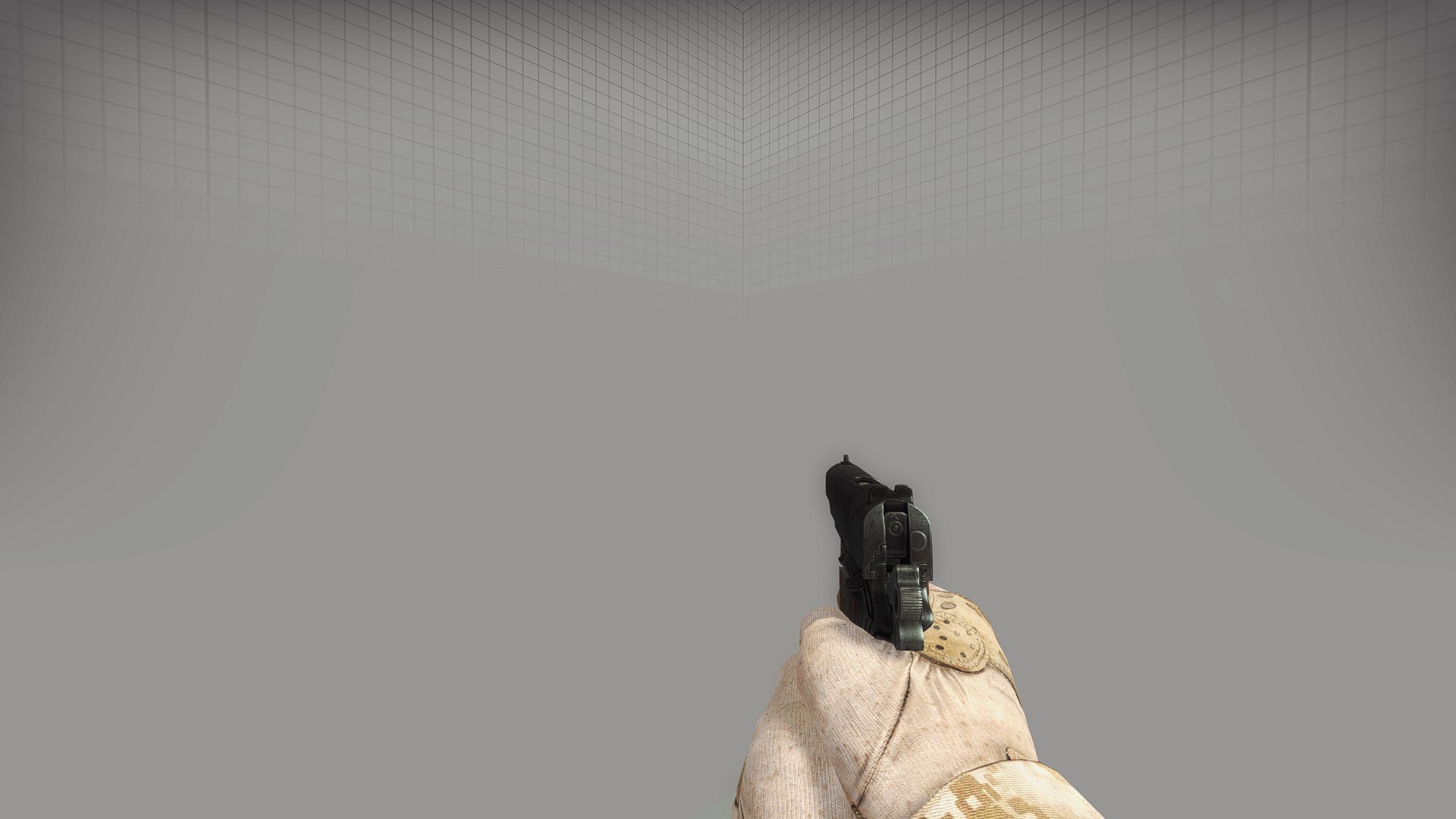
This may be attributed to a number of causes. The majority of counter-insurgency efforts by major powers in the last century have been spectacularly unsuccessful. Strikingly, Santa Cruz recognized that insurgencies are usually due to real grievances: "A state rarely rises up without the fault of its governors." Consequently, he advocated clemency towards the population and good governance, to seek the people's "heart and love".
INSURGENCY WIKI HOW TO
In his Reflexiones Militares, published between 17, he discussed how to spot early signs of an incipient insurgency, prevent insurgencies, and counter them, if they could not be warded off. The third Marques of Santa Cruz de Marcenado (1684–1732) is probably the earliest author who dealt systematically in his writings with counter-insurgency. Counter-insurgency theorists Santa Cruz de Marcenado Our success in Iraq depends on our ability to treat the civilian population with humanity and dignity, even as we remain ready to immediately defend ourselves or Iraqi civilians when a threat is detected. In the counterinsurgency, disciplined application of force is even more critical because our enemies camouflage themselves in the civilian population. This basic principle is accepted by all disciplined militaries. The law of armed conflict requires that, to use force, " combatants" must distinguish individuals presenting a threat from innocent civilians. He defines this distinction as 'Maoist' and 'post-Maoist' insurgency. In The Insurgent Archipelago John Mackinlay puts forward the concept of an evolution of insurgency from the Maoist paradigm of the golden age of insurgency to the global insurgency of the start of the 21st-century. When the gaps are wide, they create a sea of discontent, creating the environment in which the insurgent can operate. Insurgents capitalize on societal problems, often called gaps counter-insurgency addresses closing the gaps.


To understand counter-insurgency, one must understand insurgency to comprehend the dynamics of revolutionary warfare. Counter-insurgency operations include many different facets: military, paramilitary, political, economic, psychological, and civic actions taken to defeat insurgency. –Aphorism based on the writing of Mao Zedong Ĭounter-insurgency is normally conducted as a combination of conventional military operations and other means, such as propaganda, psy-ops, and assassinations.

Because it may be difficult or impossible to distinguish between an insurgent, a supporter of an insurgency who is a non-combatant, and entirely uninvolved members of the population, counter-insurgency operations have often rested on a confused, relativistic, or otherwise situational distinction between insurgents and non-combatants. Counter-insurgency may be armed suppression of a rebellion, coupled with tactics such as divide and rule designed to fracture the links between the insurgency and the population in which the insurgents move. In the main, the insurgents seek to destroy or erase the political authority of the defending authorities in a population they seek to control, and the counter-insurgent forces seek to protect that authority and reduce or eliminate the supplanting authority of the insurgents.Ĭounter-insurgency operations are common during war, occupation and armed rebellions. See also: Insurgency, Low intensity conflict, Divide and rule, and Fourth generation warfareĪ counter-insurgency or counterinsurgency ( COIN) operation involves actions taken by the recognized government of a nation to contain or quell an insurgency taken up against it.


 0 kommentar(er)
0 kommentar(er)
